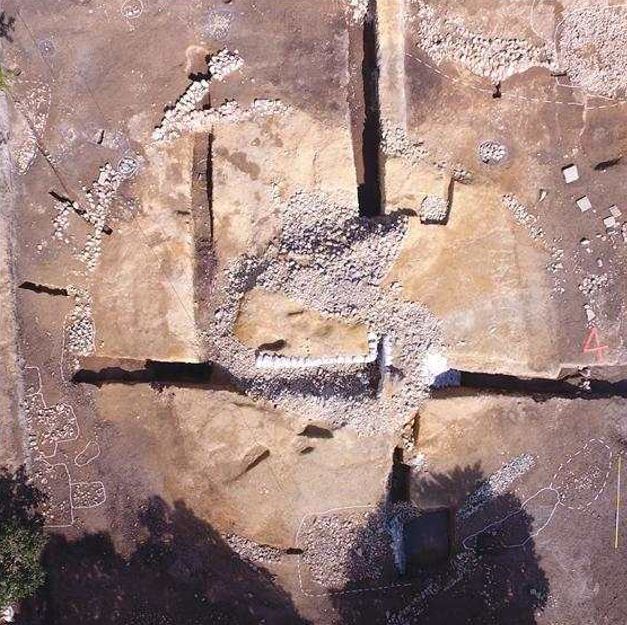CHA unveils newly excavated gilt-bronze shoes from Silla Kingdom

A pair of gilt-bronze shoes was among the relics the Cultural Heritage Administration unveiled to the public on Wednesday in conjunction with the Silla Cultural Heritage Research Institute. The relics -- thought to be from the late fifth to early sixth century Silla Kingdom -- came from an archaeological excavation of sites near tomb No. 120 in Hwangnam-dong, Gyeongju, North Gyeongsang Province.
The excavation is still in its early stages, the CHA said.
Gilt-bronze shoes were last discovered in 1977 in an ancient tomb in Inwang-dong, Gyeongju. Gyeongju was the capital of the Silla Kingdom.
According to the CHA, shoes buried in ancient tombs were created for funeral ceremonies and were not worn in real life. There are many T-shaped holes on the surface of the shoes.
Tomb No. 120 was numbered during Japan’s 1910-45 colonial rule of the Korean Peninsula. But it was also destroyed during the same period, as villages were established there.

In May 2018, the CHA decided to excavate the area and conduct research there. The excavation led to the discovery of two additional tombs in 2019, called No. 120-1 and No. 120-2. The shoes were found May 15 in tomb No. 120-2, together with accessories and waistbands. Horse saddles, bronze ware, iron pots and earthenware were found buried separately in tomb No. 120-2, according to the CHA.
The CHA said after excavating tombs No. 120-1 and 120-2, it will look at the area where the bodies were buried in tomb No. 120. Since tomb No. 120 has the largest mound among the three tombs, the agency expects to find additional relics.
By Song Seung-hyun (ssh@heraldcorp.com)